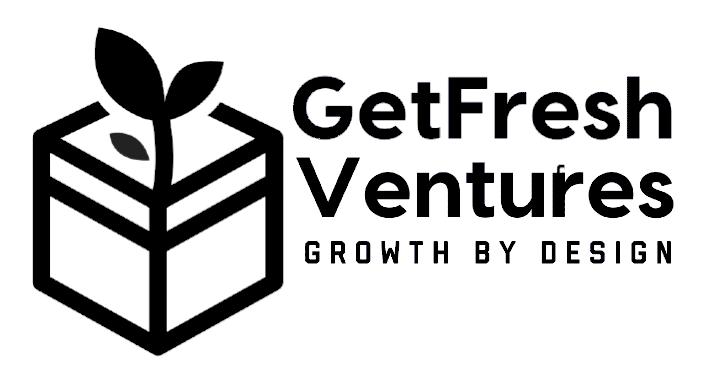A Founder's Guide to Canadian VC Fundraising Rounds: From Inception to Series A
Stage 1: Friends & Family (Inception)
At this early stage, your business is just starting based on an idea and a concept of how it will generate revenue. The most crucial aspect is your team, which should inspire trust and confidence among investors, especially those within your close circle of relationships. While others may express interest, the main asset you have is your passion and proven perseverance.
The primary objective is to secure funds to develop the fundamental aspects of your product, service, and operating model.
Recommended Funding Range: $50,000 - $150,000 with Simple Agreement for Future Equity (SAFE).
Stage 2: Pre-Seed or Angel (Validation)
During this phase, you have built a prototype and developed a working thesis for your business model. You might be at a pre-revenue stage or have minimal early-stage revenue (below $120,000/year). Investors in this stage could include accredited individuals, angel networks, high-net-worth individuals, or accelerators/incubators.
Investors in this stage tend to focus on relatable segments (e.g., a successful construction builder investing in construction software). They may also have structured programs that offer support and funding to help you progress to the next stage.
The funds raised during this stage should be used to further validate demand, generate revenue, and gather directional usage or demand data. You should have leads in the pipeline, and you might be piloting your product or offering it to free users at heavily discounted rates.
Recommended Funding Range: $150,000 - $500,000 with SAFE.
Stage 3: Seed (Early Traction)
At the seed stage, your product is in the market, and you have demonstrated promising revenue growth. You have started building your team, and your revenue ranges between $500,000 and $2 million.
Investors at this stage are often seed stage venture capitalists (VCs) who recognize the accelerating demand in a market that still has significant growth potential. They invest in your company because your Total Addressable Market (TAM) shows a believable trajectory, and you have proven early scalability. They expect a healthy Internal Rate of Return (IRR) for the upcoming Series A round.
During this stage, you require funds to establish a repeatable and scalable customer acquisition model. Your product development efforts should focus on meeting more customer needs rather than proving the need's existence.
Recommended Funding Range: $1.5 million - $10 million at 10-20% equity.
Stage 4: Series A (Scaling)
By the time you reach the Series A stage, your product has matured, and customers are showing interest. Your growth rate is increasing, and you are investing in scalable acquisition and retention practices. Your revenue falls within the range of $2 million to $10 million.
Investors at this stage are enthusiastic about your model's growth potential and how you have successfully captured the market's attention. Additionally, you have demonstrated the ability to retain customers, indicating that the lifetime value of each customer has room to expand through new offerings such as additional SKUs, services, or products. Your potential for a Series B round within the next 24 months is evident.
During the Series A stage, you need funds to accelerate revenue growth and enhance your ability to retain customers. The raised capital should be allocated to various aspects of revenue generation, while product investment should aim to broaden or deepen your market reach.
Recommended Funding Range: $15 million - $45 million at 20-25% equity.
Wishing you successful fundraising endeavors! 🧐🤩
